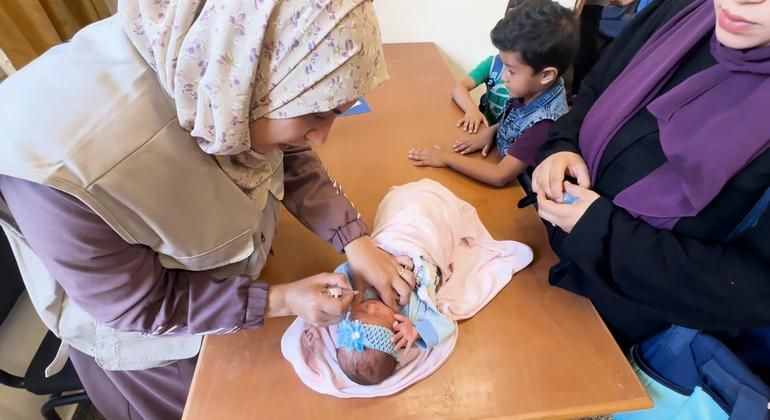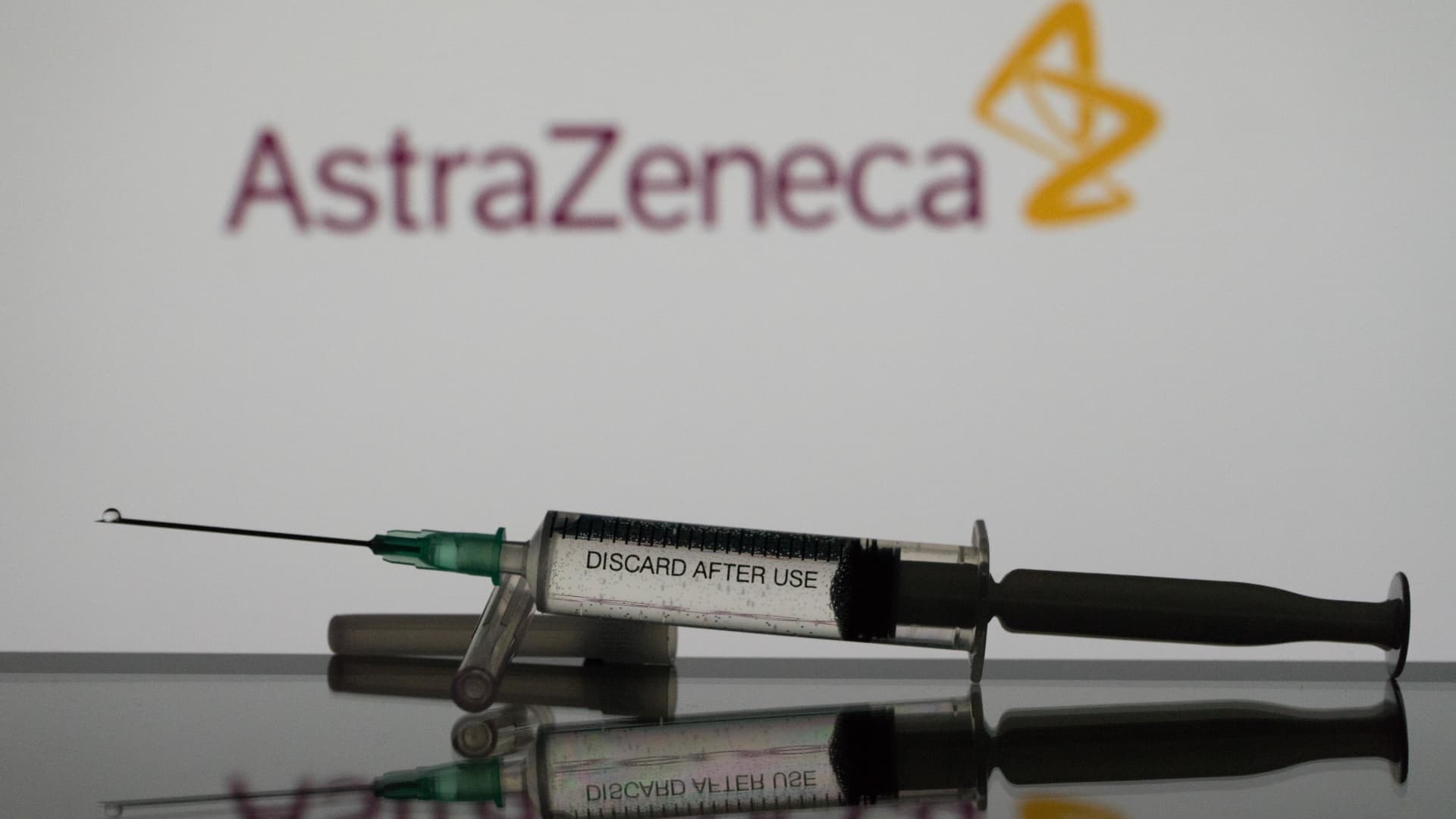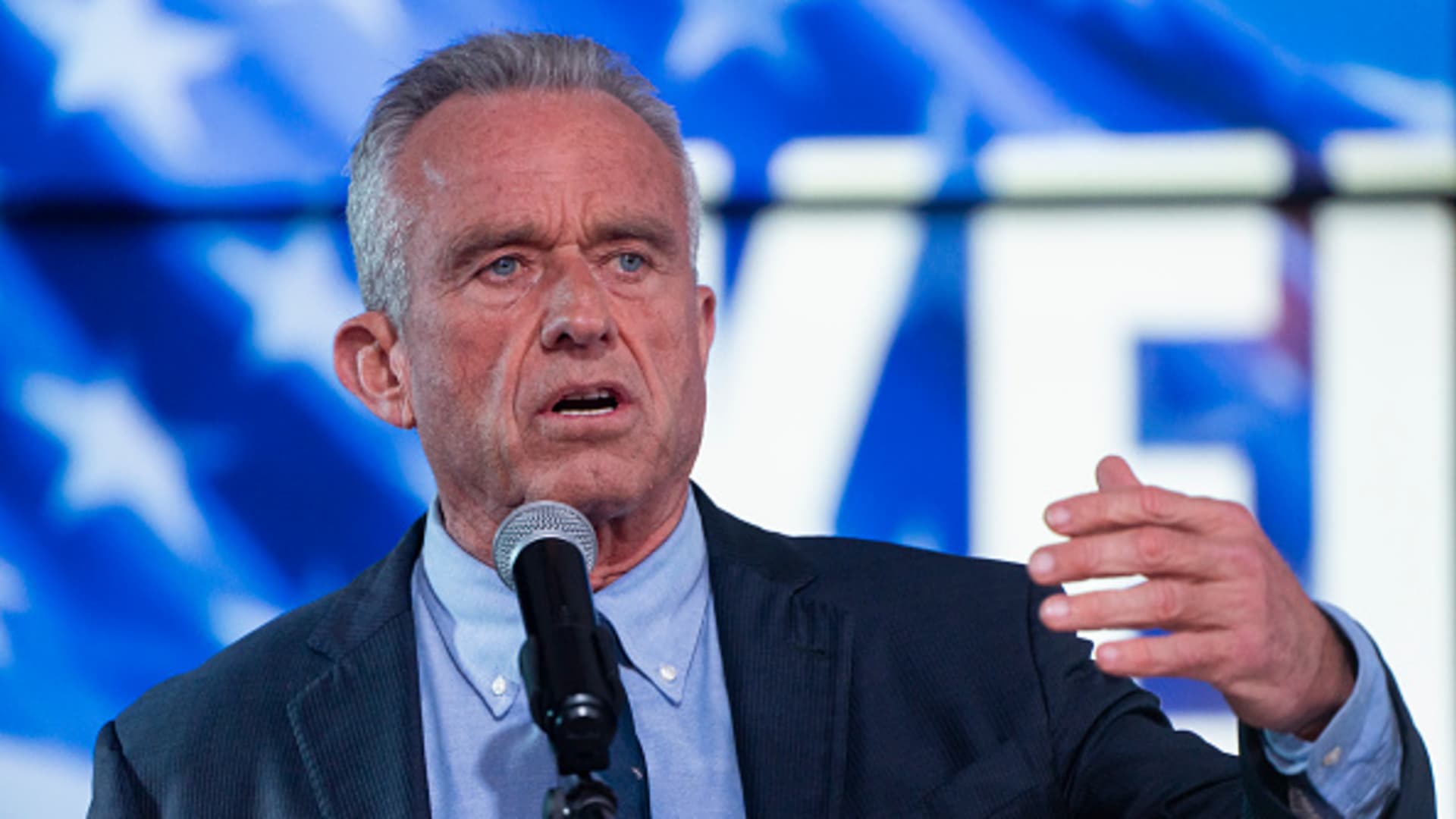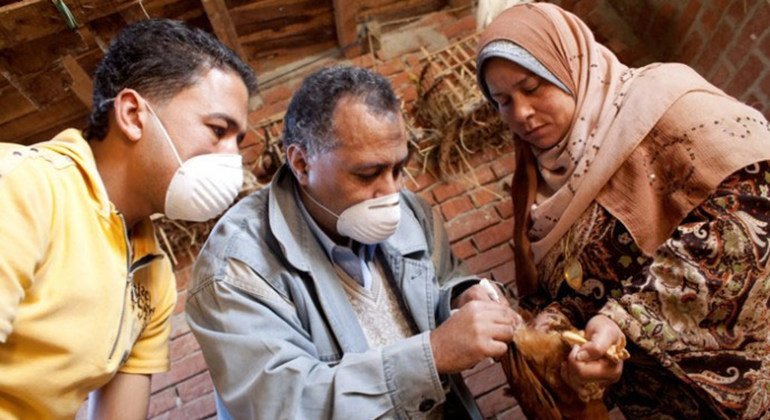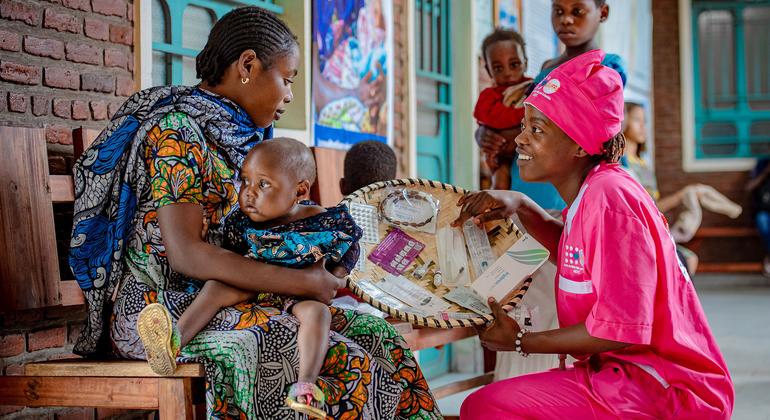“We think we will need another day tomorrow to completely finish the central zone,” said Dr Rik Peeperkorn, WHO Representative for the Occupied Palestinian Territories (OPT).
Speaking from Gaza, he explained that the third day of the campaign continued during the daily eight-hour breaks agreed upon by the Israeli army and Hamas fighters.
Each “humanitarian pause” should last from 06:00 to 15:00 local time, with the possibility of adding an additional day if necessary.
More rounds
The WHO doctor explained that vaccination teams will move to the larger southern zone on Thursday for three more days and, most likely, a fourth, before moving to the northern zone. “Four weeks later, the process will be repeated for the second round of vaccination,” he added.
Reaching the northern part of the Strip remains a concern, as the WHO has attempted to send missions to the north over the past two weeks to provide hospitals with essential medical supplies.
“Of the eight or nine missions we had planned, only three or four were able to go,” he said. An emergency medical team was sent to the Indonesian hospital and a pediatrician to the Kamal Adwan hospital, along with medicines and other supplies.
The journey back to base involved a seven-hour wait for clearance to proceed to the holding point, and another two and a half hours for the checkpoint. Nearly 11 months after the start of the war, the demobilisation process is still not effective, said Dr Peeperkorn.
90 percent rate
According to the UN health agency, at least 90 percent of Palestinian children need to be vaccinated for the campaign to be effective and prevent the spread of polio in Gaza and around the world.
The Gaza Strip had a high level of vaccination coverage among the population before the conflict began in October 2023. Due to the impact of the war, routine immunization coverage fell from 99 percent in 2022 to less than 90 percent in the first quarter of 2024, increasing the risk of vaccine-preventable diseases for children, including polio.
Asked whether it would be possible to assess other health issues of great concern, such as child malnutrition, while vaccination teams were working, Dr Peeperkorn said there was no spare capacity to do so.
“It is a very intensive campaign. It has to be done as quickly as possible and in as few days as possible. With all the complexities in Gaza now, we decided that we cannot add anything to this campaign. If we see that it is possible to do more activities in the second round, in four weeks, we will certainly do so.”
The polio vaccination campaign is taking place amid massive destruction of Gaza's health infrastructure, including water and sanitation systems, and after health authorities detected the first case of polio in Gaza in 25 years, in a 10-month-old baby in a refugee camp. The virus can cause paralysis and even death in young children.
Relentless danger
While UN humanitarian agencies welcomed humanitarian pauses in specific areas to allow for the large-scale polio vaccination campaign, they stressed the urgent need for the immediate release of all remaining hostages and a ceasefire in the Gaza Strip. “Once these children have been vaccinated, they will return to areas that, in the next week, we imagine, will be bombed again,” warned James Elder, spokesman for the United Nations Children’s Fund (UNICEF).
“There's nothing about it that should be accepted as normal,” he continued. “And I think everyone now accepts that the ceasefire talks are just talks to keep us thinking there's hope.”
“After 10 months, we may be a little naive. So something has to give, and that, again, has to fall on those leaders who need to represent their people.”

